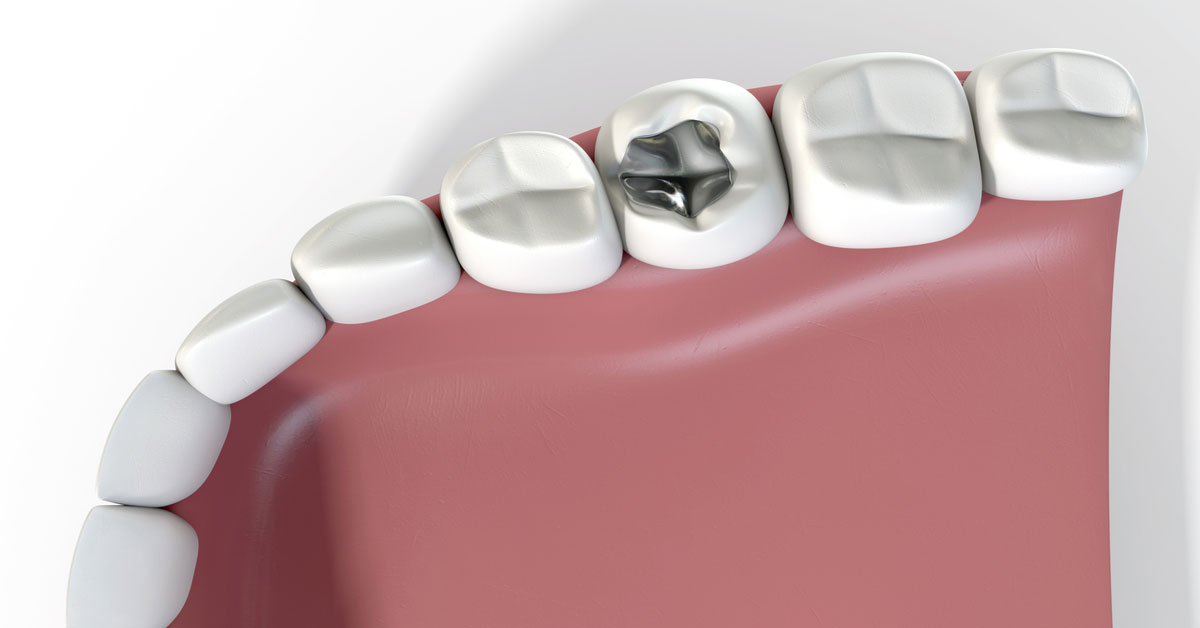
- Home
- About
- Our Team
- Services
- Postoperative Care
- Smile Gallery
- Medical Tourism
- Blog
- Offers
- Contact Us
- Home
- About
- Our Team
- Services
- Postoperative Care
- Smile Gallery
- Medical Tourism
- Blog
- Offers
- Contact Us

Dental fillings or dental restorations are a form of regular treatment which many of us opt for in some point of our life. As restorations are a part of preventive dentistry, fillings can be done for almost anyone ranging from a young child to an adult or an elderly patient. Fillings have been used in dentistry for over many years and there are many changes in material and methods of restoration from earlier traditional forms.
Want to know more on the recent type of fillings? Call us at Oris Dental Center
Mercury- Amalgam fillings:
This is one of the traditional method of filling, which was earlier used for many long years. Its high tensile strength and stability made it as one of the best restorations in dentistry. However the black colouration and the mercury toxicity (although very minimal) associated with the fillings posed a very big disadvantage to it. The fact that the filling stayed inside the cavity for a very long span of 10-15 years made it rule the dentistry. But as conservative modes of treatment developed, designing a cavity with undercuts for a filling to stay on and burnishing and carving it to adapt to the tooth surfaces were all taken over very easily. Marginal leakage and fracture of tooth on a longer course of time were some drawbacks of these strong fillings. In spite of so many disadvantages some dentists still disagree to match them with the recent filling materials.
Tooth coloured – Composite Filling:
Tooth coloured composites out-weighed all the disadvantages of a mercury filling. Cavity preparation became very conservative to the point of only removing the caries prone area, colour was matching the tooth so it made it look translucent. Its bonding to the tooth surface was excellent so there was not much question on marginal leakage or caries seeping into the filling. Fillings did last longer for a span of 5-10 years. Colour instability and fracture of fillings, causing tooth sensitivity were some disadvantages that had to be looked upon these fillings.
Other filling materials:
Glass Ionomer filling material made of silica were found to me more advantageous in many ways. Conservative preparations, strength of filling, near white colour of the tooth, fluoride releasing property were among the many advantages of this material. They bond by chemical bonding to the tooth surface. The fluoride released from this filling is said to prevent caries formation. Although they require more frequent changing in about 2-3 years, they are more preferred in children and adults and it can be easily manipulated by the dentist with less working time and affordability.
Gold and metal alloy fillings were common as inlays and onlays, but now in the aesthetic world not many of them prefer having them inside their mouth, although they are found to be highly stable materials. Many of the patients prefer crowns and veneers over the indirect fillings.
Laser dentistry:
This is the laser era where drills are done with powerful lasers without the sound and any pain or sensation for the patient. It doesn’t require any anaesthesia or sedation. This is the happiest note for patients who refrain from coming to dentist with fears of the machine and sound and pain. It also allows dentist to handle multiple procedures at one time, avoiding repeated appointments.
Earlier the options were restricted to mercury and amalgam, but now there are a variety of material options depending on patient affordability and convenience.
So check out your options with us at Oris Dental Center.